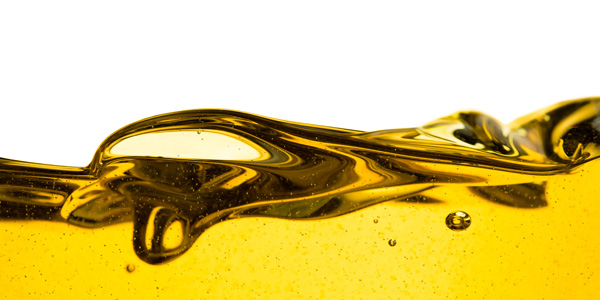Scan Tools: There’s One for Every Job
The number of electronically controlled sensors and systems on vehicles today is increasing, and therefore requires much more sophisticated tools to communicate with the computers on board.
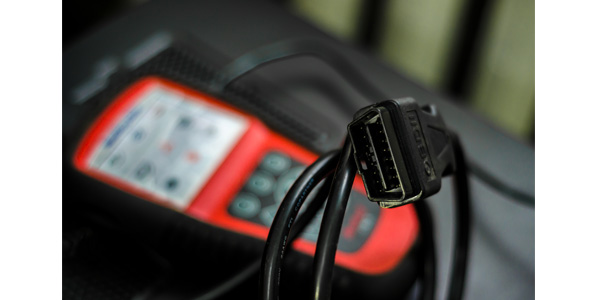
Chassis Parts: Know When to Replace Them
Let’s face it: Chassis parts are often neglected unless there’s a broken or badly worn part.
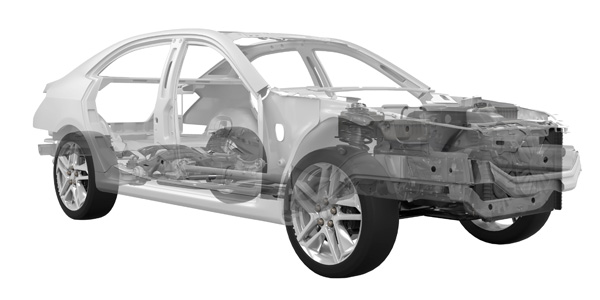
Brake Friction: Not as Straightforward as It Seems
A common question every counter pro has to answer on a regular basis is, “What brake pads do I need?”
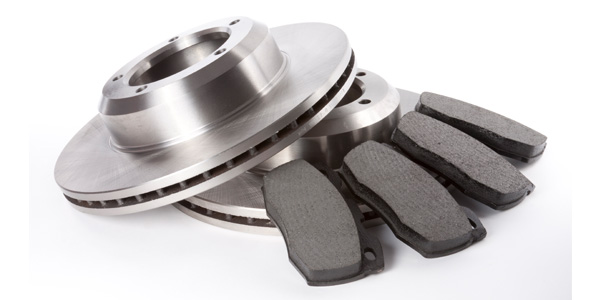
Oxygen Sensors: Critical Components of a Modern Engine
An O2 sensor works in conjunction with the PCM and other components such as mass airflow sensors to calculate the precise amount of fuel the injector should pulse into the cylinder for combustion to occur.
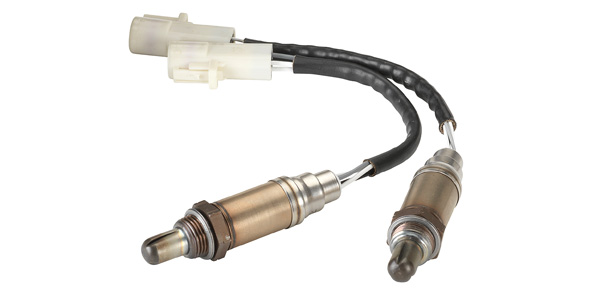
Antilock Braking Systems: Component Overview and Replacement Opportunities
Modern ABS applies individual brake pressure to all four wheels through hub-mounted sensors and a dedicated computer controller.
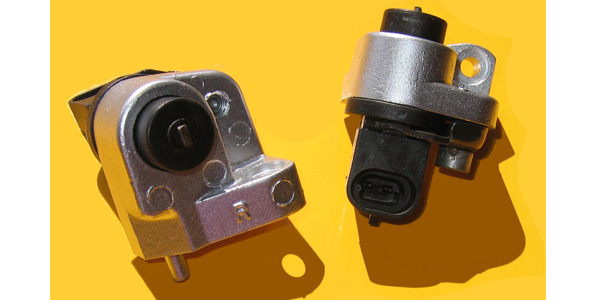
Specialty Chemicals: There’s One for Every Automotive Repair Job
There’s virtually no part of the vehicle where a chemical isn’t used to aid in the repair or replacement of a component
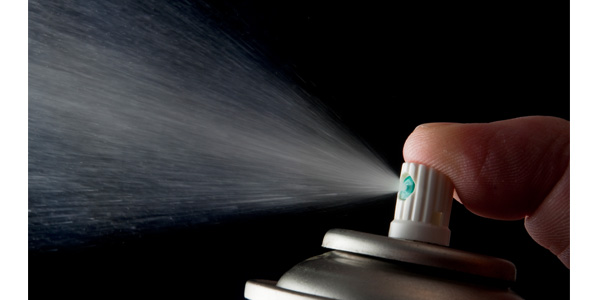
Torque-to-Yield Fasteners
Today, TTY fasteners are employed for bolted joints in a variety of automotive components, such as ball joints, knuckles and tie rods.
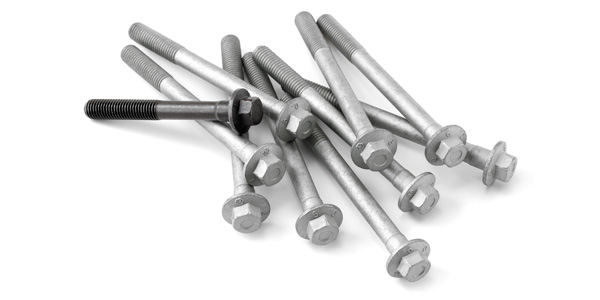
Electric Cooling Fans and Relays: Don’t Lose Your Cool
Overheating is one of the most common causes of breakdowns, so there are abundant opportunities for maintenance and repairs of cooling system components.
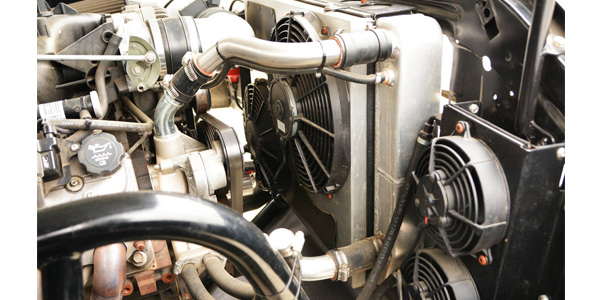
Crankshaft Position Sensors: Getting to the Root of the Problem
Crank position sensors are an electronic device used to monitor the position and speed of the crankshaft.
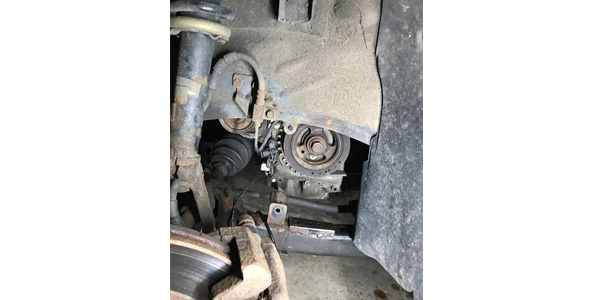
Replacing Cabin Air Filters for the Health of It
Much like an air filter for your home’s HVAC system, the cabin air filter improves the quality of the air entering the vehicle through the heating and cooling system.
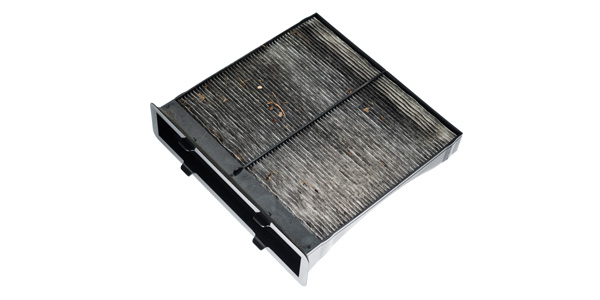
New Motor Oils and OEM Requirements
As the OEMs began adopting electronic fuel injection on most of their mass-produced vehicles, the role of engine oils also began to change.
